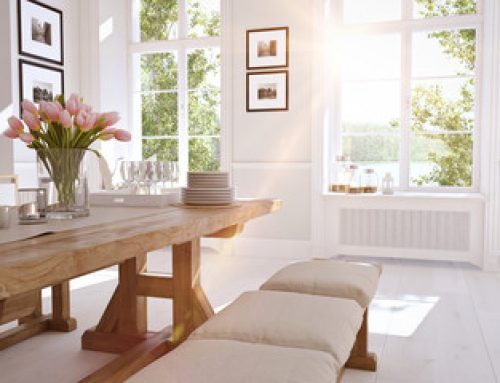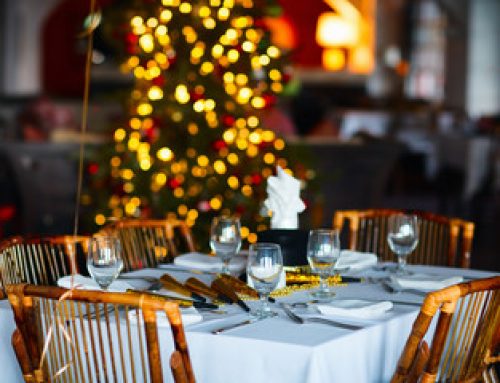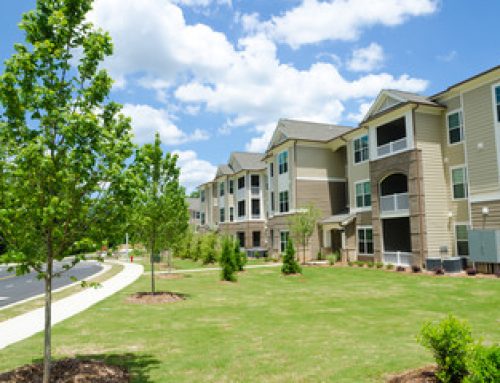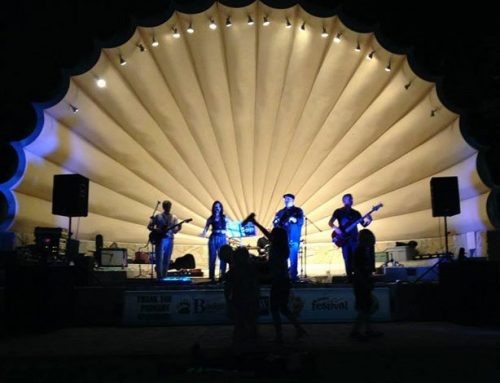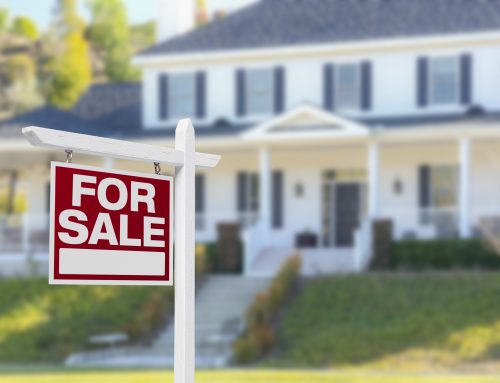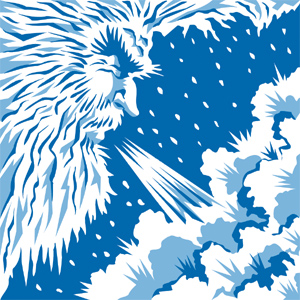 With Old Man Winter’s fury around the corner, it’s time to turn your attention, once again, to winterizing your properties. For much of the country, there is still time to do so, and being proactive means you won’t have to be out in the cold trying to get in last minute fixes.
With Old Man Winter’s fury around the corner, it’s time to turn your attention, once again, to winterizing your properties. For much of the country, there is still time to do so, and being proactive means you won’t have to be out in the cold trying to get in last minute fixes.
Below are a few items to consider as you’re reviewing your properties for winterizing this season. Keep in mind that the winterization needs will differ, sometimes greatly, depending on the location of your properties.
Roofing needs
Keeping the roof clear of massive snow buildup is good business.
 Snow building up on a rooftop is an iconic image, but it can be a very dangerous situation. You may need to inform your renters that there are some things that need to be done to keep the roof maintained properly during the winter or, you may want to hire outside help. Excess water collecting on the roof, even in the form of snow, can cause leaks. Even if your property is in a location that doesn’t get severe snows, gutters during wet weather can easily become clogged, causing water to back up. This is not to mention the sheer weight of snow accumulating on a roof. Be prepared to act accordingly to ensure that snow and water doesn’t present issues.
Snow building up on a rooftop is an iconic image, but it can be a very dangerous situation. You may need to inform your renters that there are some things that need to be done to keep the roof maintained properly during the winter or, you may want to hire outside help. Excess water collecting on the roof, even in the form of snow, can cause leaks. Even if your property is in a location that doesn’t get severe snows, gutters during wet weather can easily become clogged, causing water to back up. This is not to mention the sheer weight of snow accumulating on a roof. Be prepared to act accordingly to ensure that snow and water doesn’t present issues.
Water Pipes
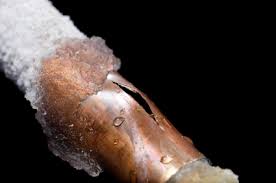 While this is probably the most obvious item in need of winterization, it certainly should be mentioned. Pipes have a tendency to burst or crack as the weather turns cold and the water within them freezes. As water freezes it expands, thus making the pipes crack if they can’t handle the expansion, as many pipes cannot, especially PVC pipes.
While this is probably the most obvious item in need of winterization, it certainly should be mentioned. Pipes have a tendency to burst or crack as the weather turns cold and the water within them freezes. As water freezes it expands, thus making the pipes crack if they can’t handle the expansion, as many pipes cannot, especially PVC pipes.
Some pipes to consider winterizing include:
- Sprinkler systems: Sprinklers aren’t really needed during the winter as most of your lawn and garden are likely dormant. In addition to insuring that your sprinkler system is below the frost line and any entry and exit piping is properly insulated, you’ll want to probably go ahead and shut off water to these pipes and bleed the lines.
- Outdoor faucets connected to a building: Depending on how your water lines are run, these either run through a property first, or run directly to the main. If these faucets can’t be shut off and bled, and instead and run through the property, they should be properly insulated. Most hardware stores sell special caps that will fit over the entire faucet.
- Interior pipes in a non-heated area: Common examples of this include pipes in garages, basements, crawl spaces, under sinks, etc. Since these pipes are typically critical for normal activities at a property and are well suited for insulating. In areas where it’s known to reach extremely cold temperatures, it may be necessary to ensure that these zones stay above freezing as well. Things like keeping cabinets to a sink open on very cold nights can help.
If you’re winterizing a vacant property, all the pipe lines should be shut off at the main, properly drained, blown out with an air hose and have RV anti-freeze poured down a sink or toilet. The pipes in these properties, particularly in areas of extreme temperatures, are at very high risk.
Keep in mind that water damage to a property can be one of the most expensive and common damages. Properly wintering your piping is critical.
Pools
Any property that has a pool requires additional work. As soon as the weather begins to change, your pool needs to be winterized. Depending on where your property is located, you may need to have the pipes winterized and other things done or you may only just have to drain it. It’s best to ask your pool company what it is they recommend in terms of winterizing because different types of pools will also require different types of winterization.
Chimneys, Flues and Flutes
Keep that chimney clean!
If you have fireplaces at any of your properties, your chimneys and/or flutes should be properly cleaned. As the winter comes and people begin burning wood in a fireplace, chimneys and flutes that aren’t properly cleaned present a fire hazard.
You can read more on the fire hazards presented by dirty chimneys at the Chimney Safety Institute of America.
Safety first
Autumn and winter storms can lead to branches falling off of trees, so be sure that yours are trimmed properly especially if they may become a hazard during high winds, snow, and ice. Make sure that all communal areas on your properties are salted and maintained, so that they do not present a slip and fall hazard. Additionally, break out your “wet floor” signs for the indoor offices if not carpeted, as moisture from people’s shoes can present a slip hazard as well.
HVAC Systems
Often, early autumn is a good time to replace any old HVAC system components. Anything that is running badly or just not working needs to go before the peak winter cold hits. This is also a good time to be sure that your filters are all changed, and go through a test run of your systems to assure their performance. If the property is being left vacant, remember to drain your HVAC hoses.
Vacant Properties
Vacant properties can present even more winterization challenges as the heating systems are likely not running per normal, should there be current tenants living on premise. That said, you should take special actions to ensure that these properties are properly winterized. HUD has some great guidelines for ensuring vacant properties are winterized properly.
Look for discounts
When it comes to working on more than one property, it’s likely that you can get discounts from the contractors you hire. Before you choose someone to work with, shop around and look for the best price, but also, the most qualified.

